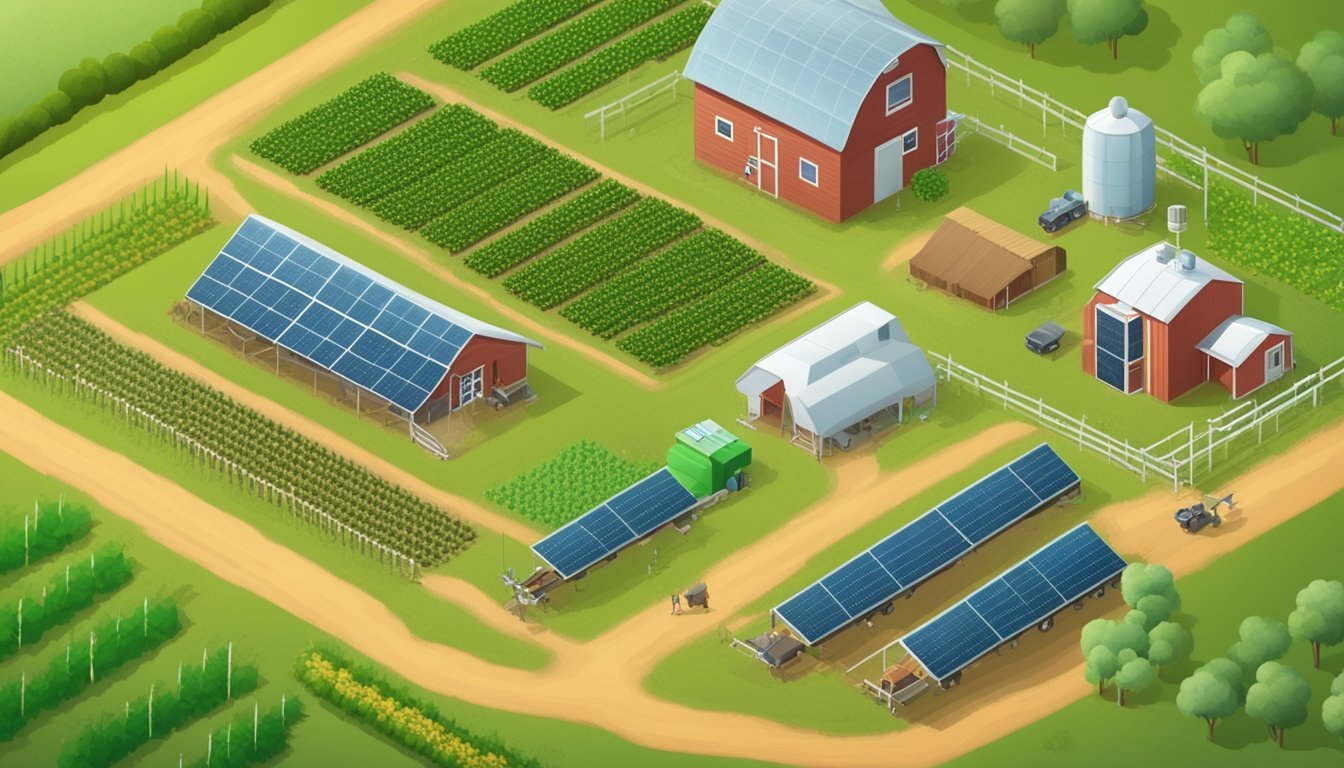The Intersection of Technology and Homesteading
In this article, we'll explore how modern homesteaders use technology to live sustainably, blending traditional practices with innovative solutions to meet the challenges of the 21st century.


Homesteading, once associated with traditional farming and self-sufficiency, has embraced modern technology to create a sustainable and efficient way of life. In this article, we'll explore how modern homesteaders use technology to live sustainably, blending traditional practices with innovative solutions to meet the challenges of the 21st century.
Embracing Sustainable Practices
Modern homesteaders prioritize sustainability in their lifestyle choices, seeking to reduce their environmental impact and live in harmony with nature. Technology plays a crucial role in achieving this goal, providing tools and solutions to optimize resource use, minimize waste, and maximize self-sufficiency. From renewable energy systems and water-saving technologies to organic farming methods and permaculture principles, modern homesteaders leverage technology to create eco-friendly and resilient homesteads.
Renewable Energy Systems
One of the key technologies adopted by modern homesteaders is renewable energy systems, such as solar panels, wind turbines, and hydroelectric generators. These systems harness the power of the sun, wind, and water to generate clean and sustainable energy for heating, lighting, and powering electrical appliances. By reducing reliance on fossil fuels and conventional grid power, homesteaders can lower their carbon footprint and achieve energy independence, even in remote or off-grid locations.
Smart Farming and Gardening
Technology has revolutionized farming and gardening practices, enabling homesteaders to increase productivity, optimize resource use, and enhance crop yields. Smart farming techniques, such as precision agriculture, sensor-based irrigation systems, and automated greenhouse controls, allow homesteaders to monitor and manage their crops with precision and efficiency. By leveraging data-driven insights and real-time monitoring, homesteaders can make informed decisions and optimize their farming operations for maximum yield and sustainability.
Sustainable Water Management
Water scarcity is a significant concern for homesteaders, particularly in arid and drought-prone regions. To address this challenge, modern homesteaders employ sustainable water management practices and technologies to conserve and optimize water use. Rainwater harvesting systems, greywater recycling, and drip irrigation techniques allow homesteaders to capture, store, and reuse water resources efficiently, reducing reliance on municipal water supplies and mitigating the impact of droughts and water shortages.
DIY and Maker Culture
The DIY (do-it-yourself) and maker culture have become integral aspects of modern homesteading, empowering individuals to design, build, and innovate using technology and hands-on skills. From constructing solar-powered chicken coops and DIY aquaponics systems to 3D-printing custom tools and equipment, homesteaders embrace a spirit of innovation and creativity to meet their needs and solve practical challenges. By combining traditional craftsmanship with modern technology, homesteaders can customize and adapt their homesteads to suit their unique requirements and preferences.
Community and Collaboration
Technology also facilitates community-building and collaboration among homesteaders, enabling them to share knowledge, resources, and experiences with like-minded individuals and groups. Online forums, social media platforms, and digital networks connect homesteaders from around the world, allowing them to exchange ideas, ask questions, and support one another on their homesteading journey. By fostering a sense of community and collaboration, technology strengthens the resilience and sustainability of the homesteading movement, empowering individuals to learn, grow, and thrive together.
Conclusion
In conclusion, the intersection of technology and homesteading represents a dynamic fusion of tradition and innovation, where modern homesteaders leverage technology to live sustainably and self-sufficiently in the 21st century. From renewable energy systems and smart farming techniques to sustainable water management practices and DIY innovation, technology enables homesteaders to create resilient and eco-friendly homesteads that reflect their values and aspirations. By embracing the opportunities afforded by technology and collaborating with their communities, modern homesteaders are reimagining the possibilities of sustainable living and forging a path towards a more resilient and regenerative future.